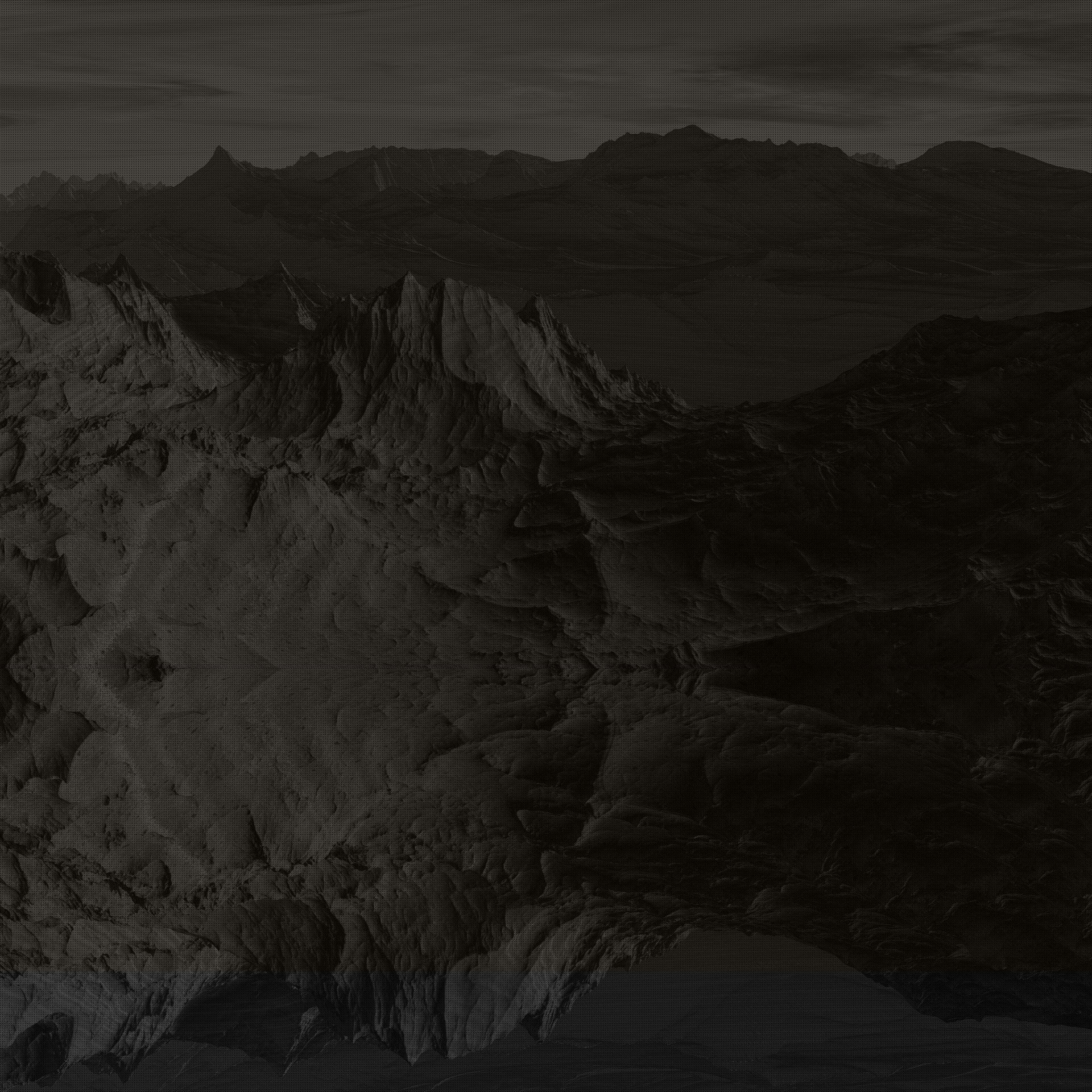Grains - Day 149
- Jessica Lamb
- Oct 4, 2022
- 2 min read
Thursday 8th September 2022
So today at college I worked on grains. Sands and waterfalls. Vellum - grain solver similar to RBD. Having chunks to help with see through holes you can still use to have snow underneath. Using a grid with a mountain SOP to have as our collision object. Then, using a manifold object that we use to collide with. Use a null for a reference and label it for Houdini to find it. Using a box as snow source. Using the vellum constraints grains to make it snow. Using a attribute VOP to control the particle size so you can control the grains of the snow. Grain scale is 2x the P scale which is the radius. For the vellum solver add attraction weight which defines the glue holding the snow together and that defines the sim A.K.A the simulation. Reproduce the grain of the original footage for regraining. Box blur requires no input. Super robut needs no sample but very slow need to analyse the grain. If not locked off need to track and stabilise otherwise you can blend a load of certain frames together. The only thing that influences the grain is brightness and the speed of emulsion/digital IOS. The resolution can also impact the grain. Macbeth chart is that the colours are accurate and not suffer from metamerism. Always a mixture of RGB. Focus on the grayscale. You can cache any node using frame blend and click the node tab. This processed the entire frame. Sample the grey and target 3 channel separately. Grain attribuation doesn't look the same. Check and gamma slam it to bring it down. Start increasing intensity and decreasing the grain side. We are in the individual channels. Bright patches are rights templular linear curves going all over the place it's attained. Need more adjustments to the middle but none to the end.





Comments